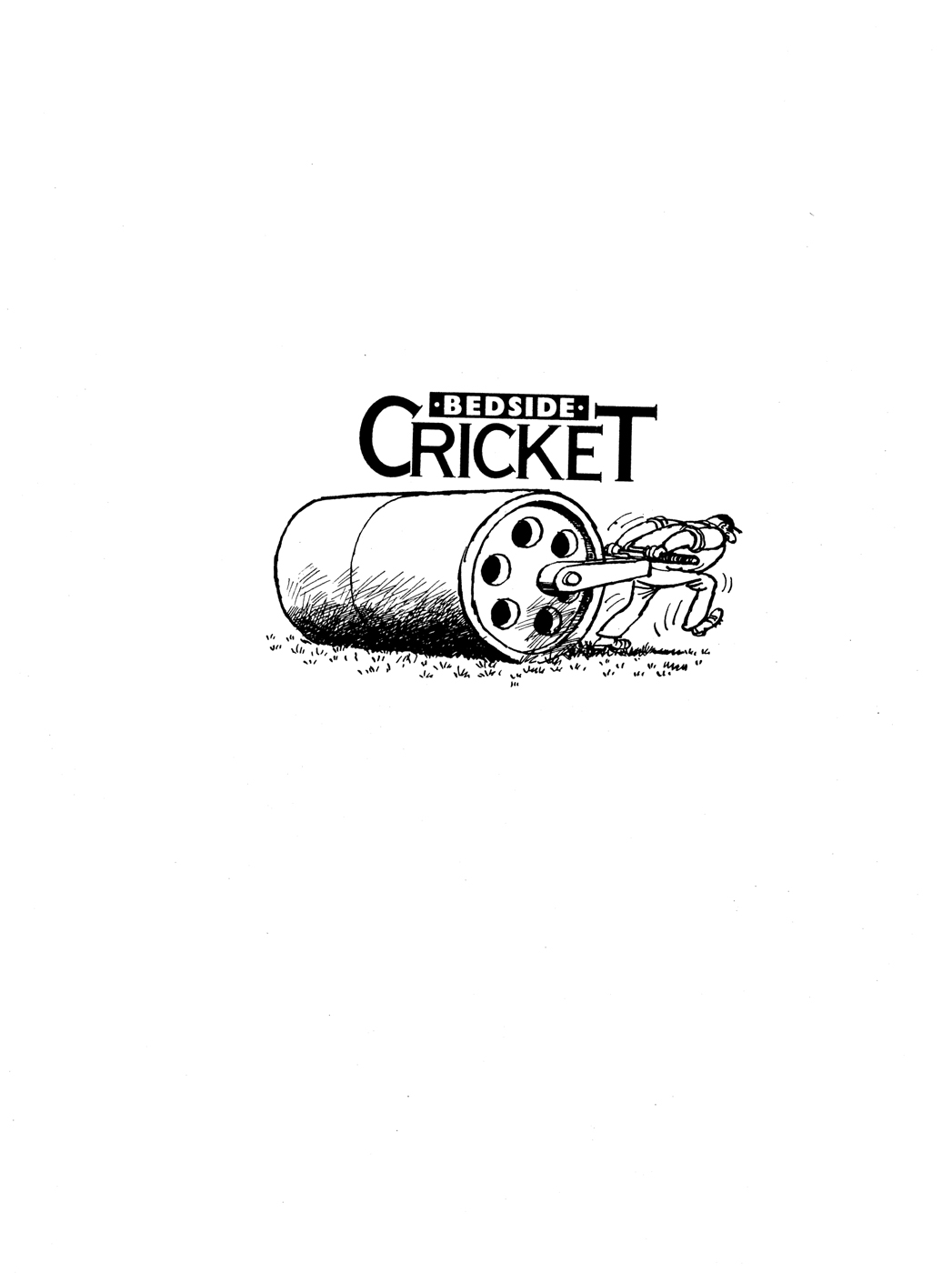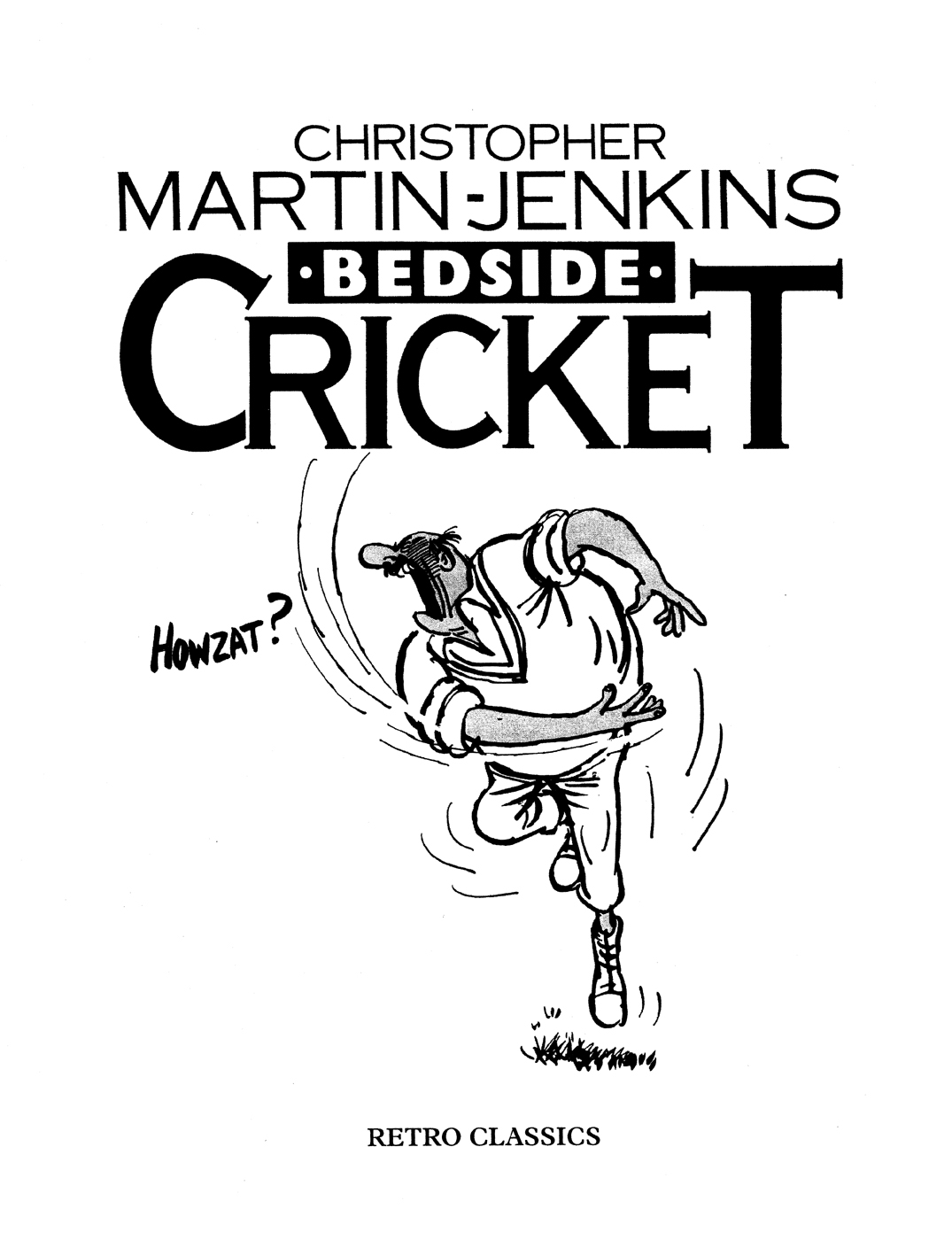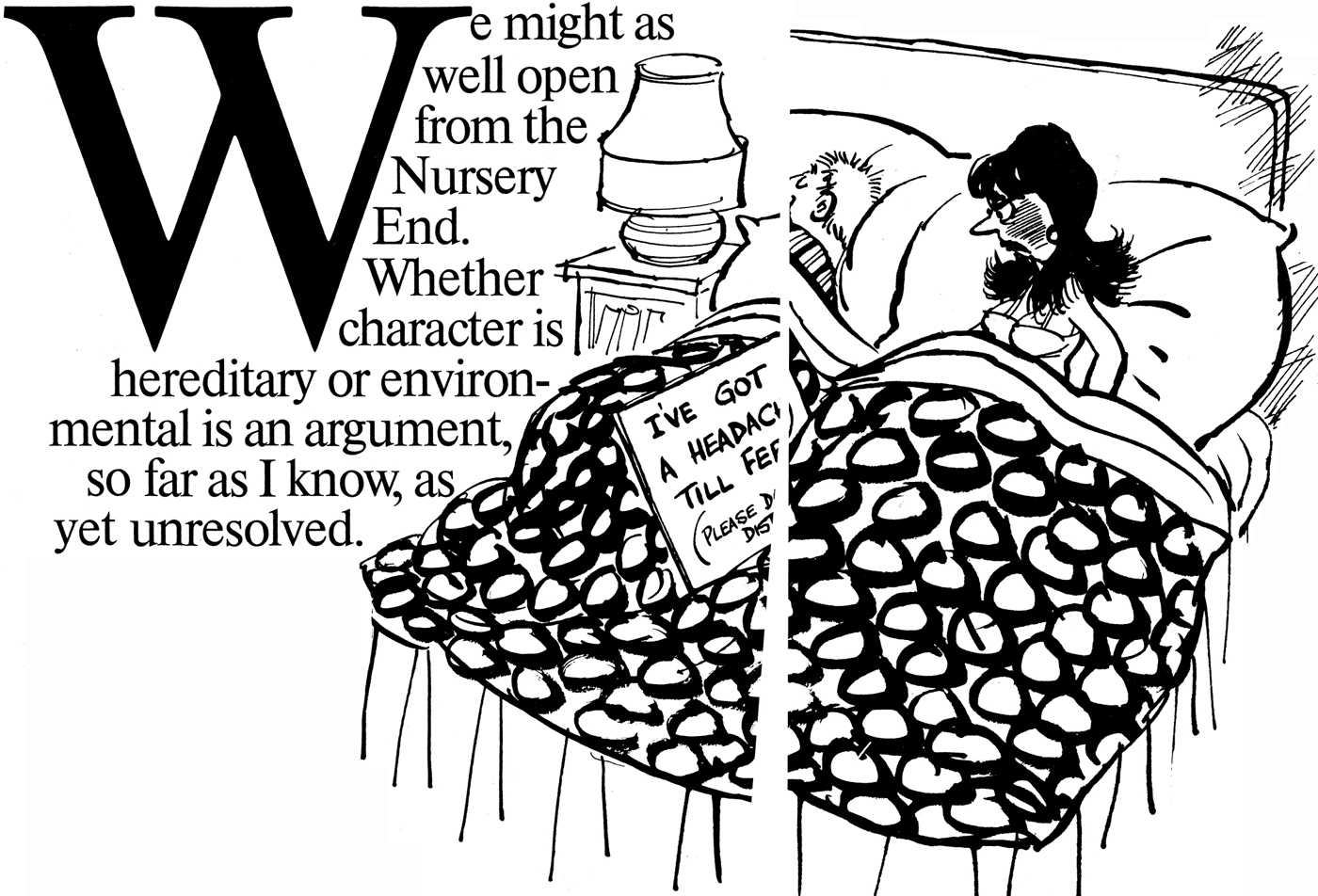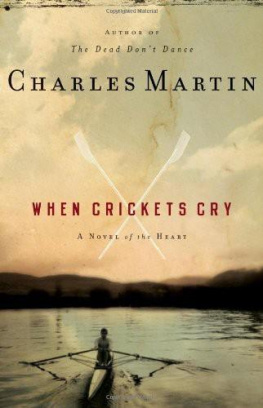

RETRO CLASSICS
is a collection of facsimile reproductions
of popular bestsellers from the 1980s and 1990s
Bedside Cricket was first published in 1981
by J.M. Dent & Sons Ltd
Re-issued in 2012 as a Retro Classic
by G2 Rights
in association with Lennard Publishing
Windmill Cottage
Mackerye End
Harpenden
Hertfordshire
AL5 5DR
Copyright Christopher Martin-Jenkins 1981
ISBN 978-1-909040-33-5
Produced by Lennard Books
a division of
Lennard Associates Limited
Editor Michael Leitch
Illustrations by Stan McMurtry
Designed by David Pocknells Company Ltd
This book is a facsimile reproduction of the first edition of
Bedside Cricket which was a bestseller in 1981. No attempt has been made
to alter any of the wording with the benefit of hindsight, or
to update the book in any way.
CONTENTS
PREFACE
I know a man who claims to be the only cricketer ever to have scored a hundred before breakfast. He did so in the Sudan where it is rather too hot to play at mid-day!
The same man, Jake Seamer, once played for Somerset at Portsmouth the morning after going to a Commem. Ball at Oxford. His nights sleep did not begin until he reached the dressing-room at Portsmouth at half-past ten. Two and a half hours later he was woken to be told that Somerset were 40 for five and that, although he had been dropped down the order, he must go in next wicket down. He did so and made his way slowly to the wicket, his eyes blinking painfully in the unaccustomed brightness.
Lofty Herman was bowling. Jake, a studious and determined player with spectacles and a prominent nose, pushed forward to the first ball, which he never saw. He somehow got a touch and edged the ball to third man for a single. At the other end he played the same stroke towards a slightly slower red blur, delivered by Alex Kennedy, and he vaguely heard a fizzing through the air before the ball thudded into his pads. Frank Chester turned down the thunderous appeal. The next ball the batsman actually saw, but as he went back his studless boots slipped underneath him and he did a kind of splits. Again ball hit pads; again a loud appeal; this time Chesters finger went up. J.W. Seamer made his way back towards the pavilion, head down, feeling very small and miserable. He gradually became aware that something was making the crowd laugh, but thought nothing of it until he saw the white of the picket fencing before him and looked up to see Herman standing on the square-leg boundary.
Excuse me, mate, he said, pointing towards cover-point, but the pavilion is in that direction!
It is experiences like these, and characters like Seamer, which have helped to elevate cricket from a thoroughly enjoyable natural recreation into something of a religion for thousands of addicts for whom the game and all that goes with it has a fatal charm. In 1981 I started to do television commentaries on Sundays, having managed in previous years to play the game myself on the majority of Sunday afternoons. When I mentioned to my wife that in future I should have to try to play on Saturdays instead whenever possible she made one of her periodic, but creditably rare, outbursts: What about the garden? And the children? And me? And all those games of tennis we were supposed to be having this summer? What about... She did not go much further. She knows, like a host of other cricketing wives, that she may win some battles but will never win the war! Once hooked on cricket, one is hooked for life. For better, I believe, than for worse.
How do you know if you are addicted? Just before sitting down to write this preface my eye was caught by a headline on the front page of The Times containing the word Lords. Not noticing the missing apostrophe, my interest was immediately aroused and I began to read, urgently. I went no further, however, than: In the House of Lords yesterday... This, perhaps, is the test you should apply: you are on the way to being hooked if the word Lords, with or without the apostrophe, speaks to you at once of Father Time, the Tavern, the clock-tower, a sloping ground and a tall pavilion of dark-red brick, its floors smelling of polished lino. You are hooked irrevocably if that emotive five-letter word loses its appeal when used in any context other than cricket.
This book is therefore dedicated to all those to whom the word Cricket on the cover stirred more emotions even than the allusion to Bed!
PRE-NATAL CRICKET

Non-scientists, perhaps, would settle for a bit of both, although there are enough instances in cricket of sons following successful fathers for the hereditary view to be reckoned the safest. In Test cricket alone I believe there are no fewer than twenty-three fathers who played for their country and produced sons who also played the game at the highest level. The cognoscenti might like to try their hand at naming them from memory (they are listed at the end of the chapter).
More remarkable still, two Test-playing fathers each had two sons who played Test cricket Wally Hadlee of New Zealand and Lala Amarnath of India and several produced sons who played for different countries. Frank Hearne, who played for both England and South Africa (England first) had a son, George, who played three Tests for South Africa; and the famous Majid Khan, that most gifted member of recent Pakistan sides, is the son of Jehangir Khan of India. Both played for Cambridge, and the father is perhaps best remembered for killing a sparrow with a ball he delivered for Cambridge against M.C.C. at Lords T. N. Pearce somehow played the ball while the sparrow dropped dead against the stumps without dislodging the bails. The son is still talked of at Fenners as being the best University captain of recent times.
It is a sad fact, however, that not all cricketers can play for their country. There are over a quarter of a million active cricketers in Britain each summer, of whom only a tiny proportion have reached Test level or are ever likely to do so. Yet the vast majority once dreamt of wearing a cap with a crown and three lions. The glorious thing is that having failed to fulfil our dreams, there comes to many of us a second chance in life. It happens when she blushes coyly and says: Darling, I saw Doctor Davis today...I think there is someone on the way.
Darling, thats wonderful news, you reply. The true test of a cricketer is what you are actually thinking as you say it. Scotsmen may be thinking: How the hell are we going to afford it? Philanderers may be thinking: Where on earth was I six weeks ago at home or at the Sales Conference in Manchester? Oklahomans may be thinking: Itd better look a lot like me. But a true cricketer will be thinking of bats, balls, stumps, and a seat in the Lords pavilion as, twenty-five years later, the tiny embryo now nestling cosily within the tummy of his beloved, makes his way back to a huge ovation having completed a superlative hundred against Australia.
Actually, the true cricketer will already have begun his dreams a little before this important day in his life has arrived. He will be aware that family planning, like late-cutting or leg-glancing, is a matter of delicate timing. Thus, with a bit of help from Science and The Almighty, he should have been able to ensure that the happy announcement of impending good news will have been made very early in the cricket season, so that the baby is born a few months before the next season and nothing important is thereby interrupted.
Next page














